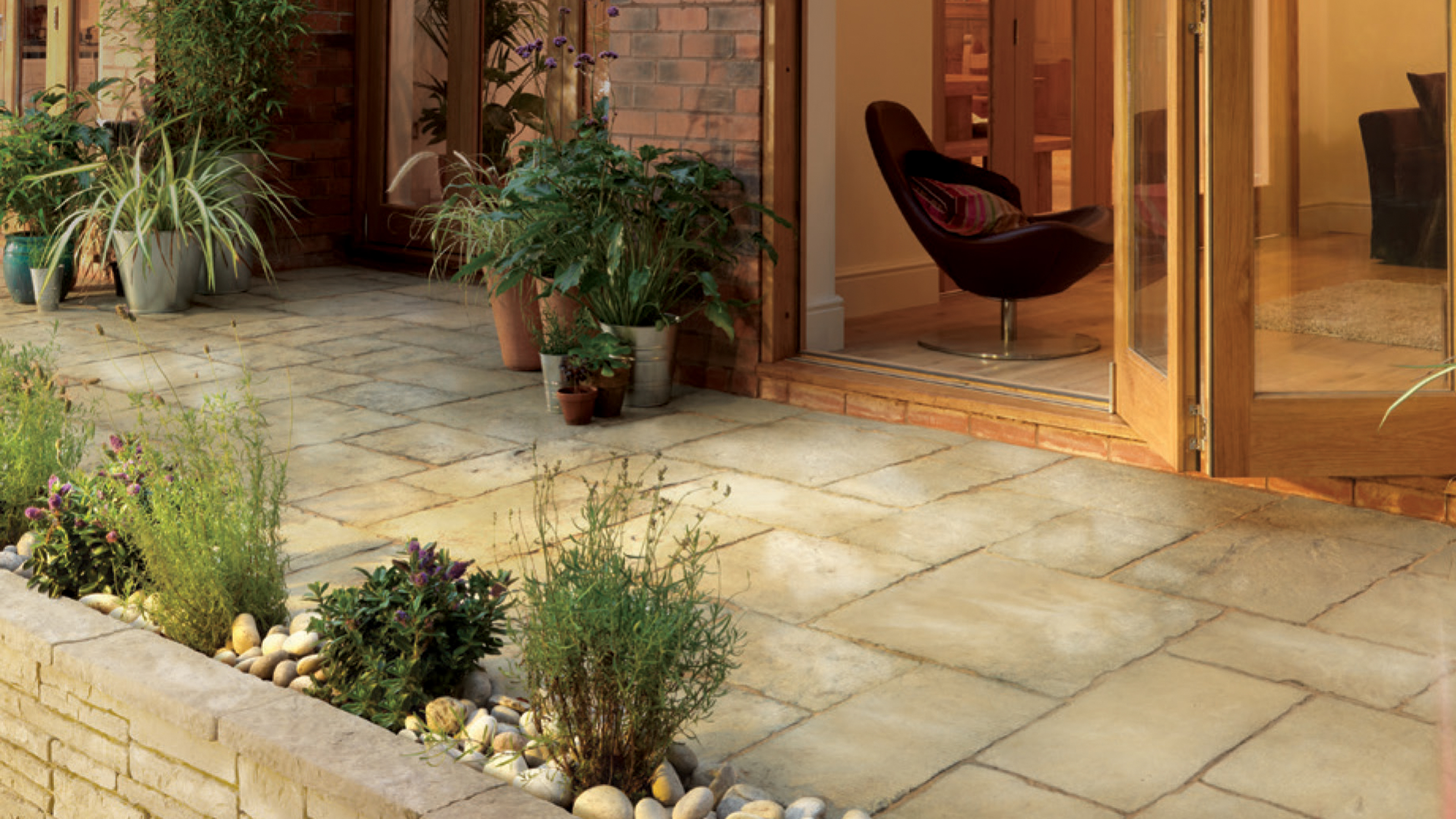
Eco-Friendly Patio Materials: A Sustainable Guide to Outdoor Living
Introduction
Patios are an integral part of any outdoor living space, providing a comfortable and inviting area for relaxation, dining, and entertainment. However, traditional patio materials can have a significant environmental impact, from their extraction and production to their disposal. Eco-friendly patio materials offer a sustainable alternative, minimizing environmental damage while enhancing the beauty and functionality of your outdoor space.
Benefits of Eco-Friendly Patio Materials
- Reduced Environmental Impact: Eco-friendly materials are sourced from sustainable sources and manufactured using environmentally conscious processes, reducing their carbon footprint and protecting natural resources.
- Improved Durability: Many eco-friendly materials are highly durable and resistant to wear and tear, ensuring longevity and reducing the need for frequent replacements.
- Enhanced Aesthetics: Eco-friendly materials often feature natural textures and colors, adding a touch of rustic charm and elegance to your patio.
- Healthier Living: Eco-friendly materials emit fewer harmful chemicals and VOCs, creating a healthier environment for you and your family.
Types of Eco-Friendly Patio Materials
Natural Materials
1. Stone: Natural stone, such as flagstone, limestone, and sandstone, is a classic and durable choice for patios. It is sourced from quarries and is available in a variety of colors and textures.
2. Wood: Sustainable wood species, such as cedar, redwood, and bamboo, are naturally resistant to rot and decay, making them ideal for outdoor use. They add warmth and character to your patio.
3. Gravel: Gravel is a budget-friendly and eco-friendly option that can be used to create a natural-looking patio. It is available in various sizes and colors, allowing for customization.
Recycled Materials
4. Recycled Plastic: Recycled plastic is a sustainable alternative to traditional plastic, reducing waste and conserving resources. It is available in a variety of colors and textures, making it a versatile choice.
5. Recycled Glass: Recycled glass is another eco-friendly option that can be used to create a unique and eye-catching patio. It is available in a variety of colors and shapes, allowing for creative designs.
6. Recycled Rubber: Recycled rubber is a durable and low-maintenance material that can be used to create a comfortable and slip-resistant patio. It is available in various colors and patterns.
Composite Materials
7. Composite Decking: Composite decking is a combination of wood fibers and plastic, offering the durability of plastic with the natural look of wood. It is resistant to moisture, insects, and fading.
8. Composite Pavers: Composite pavers are made from a blend of recycled materials, such as plastic and rubber, providing a durable and eco-friendly alternative to traditional pavers.
9. Composite Tiles: Composite tiles are made from a mixture of recycled materials and natural fibers, creating a durable and versatile option for patio flooring.
Permeable Materials
10. Permeable Pavers: Permeable pavers allow water to seep through, reducing runoff and improving drainage. They are ideal for patios near pools, gardens, or areas prone to flooding.
11. Gravel Grids: Gravel grids are a modular system that creates a stable and permeable surface for patios. They allow grass or other vegetation to grow through, enhancing drainage and reducing heat absorption.
12. Grass Pavers: Grass pavers are a combination of pavers and grass, providing a durable and eco-friendly surface that allows for drainage and vegetation growth.
Low-Maintenance Materials
13. Porcelain Tiles: Porcelain tiles are durable, low-maintenance, and resistant to fading and moisture. They are available in a wide range of colors and styles, making them a versatile choice.
14. Concrete Pavers: Concrete pavers are a cost-effective and durable option that can be stained or colored to match your desired aesthetic. They are resistant to wear and tear, requiring minimal maintenance.
15. Slate Tiles: Slate tiles are naturally durable and low-maintenance, offering a rustic and elegant look to your patio. They are resistant to fading and moisture, making them ideal for outdoor use.
Shade-Providing Materials
16. Pergolas: Pergolas are open-air structures that provide shade and support for climbing plants. They can be made from wood, metal, or recycled materials, offering a sustainable and stylish solution.
17. Awnings: Awnings are retractable or fixed structures that provide shade from the sun. They are available in various materials, such as canvas, fabric, or metal, and can be customized to match your patio’s style.
18. Shade Sails: Shade sails are triangular or square-shaped fabrics that are suspended over a patio to provide shade. They are lightweight and portable, allowing for easy adjustment and customization.
Heating and Lighting
19. Fire Pits: Fire pits provide warmth and ambiance to your patio during cooler evenings. They can be made from natural stone, metal, or recycled materials, offering a sustainable and stylish option.
20. Solar Lighting: Solar lighting is a sustainable and cost-effective way to illuminate your patio at night. Solar-powered lights use renewable energy, reducing your carbon footprint and energy bills.
Conclusion
Eco-friendly patio materials offer a sustainable and stylish solution for outdoor living. By choosing materials that are sourced from renewable resources, manufactured using environmentally conscious processes, and designed for durability, you can create a beautiful and functional patio that minimizes environmental impact and enhances the enjoyment of your outdoor space for years to come.